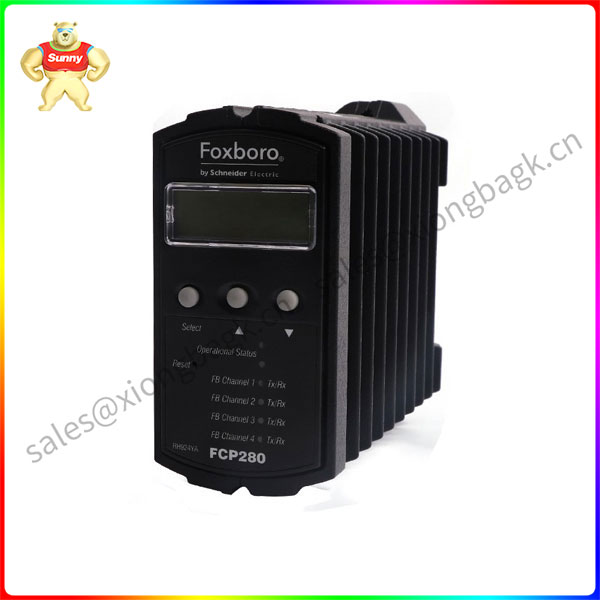Sustainability has undoubtedly become one of the focus issues in the field of modern industrial manufacturing. This requires not only the materials used to be sustainable, but also the production process. Sustainable processes not only require efficiency, but also save resources and costs by, for example, avoiding machine downtime and reducing downtime. In addition, employee hours are one of the valuable resources of a production facility, and efficient maintenance and installation are key to ensuring that this resource is maximized.
Connectors play an important role in creating such sustainable production processes. We’re not just interested in their ability to quickly connect or disconnect devices or attachments. In fact, modern connectors provide a safe and precise connection for production workers, especially in modular systems that often require reconfiguration. Not only does an accurate connection help save energy, it also saves time.
One of the most important functions of the connector is to provide a signal indication of the state of the fit. The fit state involves various parameters, depending on the application and connector. The state of the plug can often give us the following key information:
Is the connector properly plugged into the appropriate mating connector?
Are connectors fully electrically connected?
Is the connector fully mechanically locked?
Is the connector experiencing electrical overload?

The status of the plug is often indicated to the operator by leds, light rings, or sound. In the simplest cases, a red/green indicator is sufficient to let the operator know if there is a fault. Modern full-color leds can also indicate more states, such as voltage, through different flicker patterns or dynamic effects. In addition to these intuitive visual and audio cues, the digital interface can also send more detailed data to the control center. The SmEC (Figure 1 Smart Electrical connector) from Harting Technology Group can transmit data via MQTT or OPC-UA PubSub. The data is provided in JSON format and can be received and processed by any controller. In addition, the Asset Administration Shell is able to provide real-time data of the connector, enabling digital twins.
In addition to indicating fit status, SmEC also has a built-in locking mechanism to avoid accidental connector disengagement. This not only ensures that the components are not damaged, but also ensures the safety of the operator. The connector can be disconnected only after the power is turned off and the lock state is released. To this end, SmEC integrates the measurement of voltage and current and monitors the connected devices. In this way, real-time carbon footprints can be calculated based on energy consumption data.
Our connector concept for vandal-proof features
Carbon footprint measurement can also be easily implemented on older machines. Data diodes can protect measuring devices, such as smart electrical connectors, from damage (Figure 2) because they only allow data signals to be transmitted in one direction. This feature ensures that data can be transferred from a protected network to an unprotected network, such as to the control panel, so that the protected network cannot be attacked.
To achieve this, Harting has developed data diodes dedicated to connectors. It supports data rates of up to 1Gbit/s and is capable of transferring commonly used iot protocols such as OPC-UA, MQTT, or Modbus-TCP. The data diode is a physical hardware composed of a laser diode at the transmitting end and a photosensitive diode at the receiving end, ensuring that the data does not flow in reverse.
Our connector concept for small connectors with recognition capabilities
In order to ensure that the connector is correctly inserted into the corresponding mating connector, it is necessary to be able to identify the connector. At the most basic level, this can be achieved by adding electrical contacts as coding pins. Unlike mechanical coding, this method allows the machine control system to determine which part is currently plugged in. But this approach can quickly become limited in large, flexible systems. In addition, coding pins used for electrical coding consume a large number of contacts.
A more ideal approach is to use a bus system and a small microcontroller to identify the connector, or choose to do so through near field communication (NFC). This assigns each connector a unique ID that corresponds to the corresponding component, such as an accessory or tool. This approach also works for very small connectors, as shown in Harting’s Smart ix (Figure 3).
The Smart ix is a small 10-pole connector with a microcontroller integrated inside. With a microcontroller, precise identification can be achieved. The ID is used for unit or machine control to ensure that the correct link is established with the connected components. This way, even simple components like light fixtures, door contacts, or analog sensors can be accurately identified. The control signal informs the user whether the component is correctly plugged into the corresponding port.
During the production process, unnecessary downtime often occurs due to the temporary absence of the required professionals on site. For example, only trained staff can replace a faulty fuse. Because the fuse is usually located inside the control cabinet, it is difficult for others to replace it. By integrating the fuse into the connector, such as Han Protect (Figure 4), it is possible to easily replace the fuse from the outside. Because the connector is disconnected before replacing the fuse, even non-professionals can easily replace it in low-voltage situations. This effectively shortens maintenance times and reduces downtime, which has a profound positive impact on resource management.
 中文版
中文版




